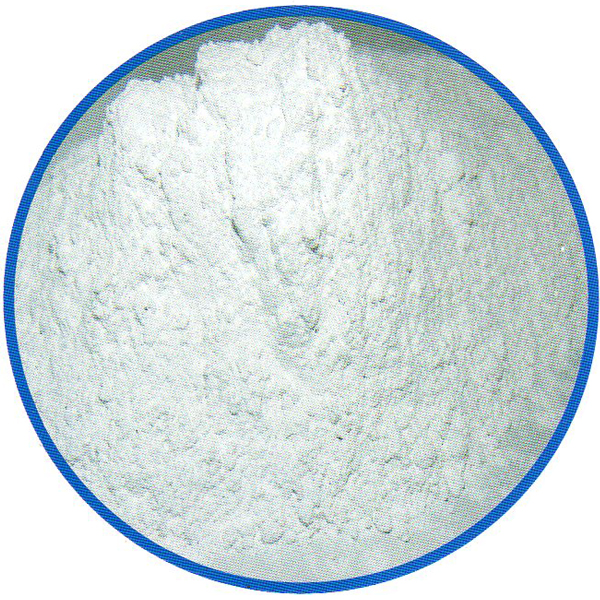1. Casting refractory production process: magnesium oxide powder manufacturer
Raw material supply-inspection-storage-primary coarse crushing of high-aluminum block, alkali-resistant block and other blocks-improved transportation-secondary fine crushing-high-aluminum block, alkali-resistant block through particles Screening and classification of particles Screening and classification of particles Screening and classification of particles After screening and classification, the particles are transported to the batching warehouse through the chute and processed by the ultra-fine powder. The ultra-fine powder is processed. The ultra-fine powder is processed by the air conveying equipment. Alkali block material-the three are automatically batched by the computer-forced mixing-fully automatic weighing and packaging-finished product storage.

2. Refractory castable:
A mixture composed of refractory aggregate and binder. The main bonding agent is hydraulic bonding agent, ceramic and chemical bonding agent can also be used, which can be solidified and hardened by pouring, vibrating, tamping, and if necessary, using the method of crushing. Generally add speed-increasing agent, retarder, fluxing agent, anti-alkali agent, anti-shrinking agent, etc.
3. Brief introduction of physical and chemical performance indicators: chemical composition, refractoriness, softening temperature under load, change in reburning line, apparent porosity, bulk density, strength, compressive strength, flexural strength, thermal shock stability, thermal expansion rate, thermal conductivity, Deformability, etc.
1. Refractoriness, the ability of refractory materials to resist melting at high temperatures. Heating magnesia-carbon bricks for converters, magnesia-carbon bricks for electric furnaces, special-shaped magnesia-carbon bricks, and fired magnesia-chrome bricks under specific conditions will result in partial melting and softening to a certain degree of equivalent temperature as a sign. Mainly depends on its chemical composition and mineral composition.
2. Load is soft, also known as load deformation temperature and load softening point. Resistance to high temperature and load under constant load. In my country, the temperature rise method is generally used to determine the corresponding temperature when various degrees of deformation of the pattern occur at the heating rate specified by the standard under a static load of 2 kg/m2.
3. The reburning line changes, the irreversible change in the length of the fired refractory product after being heated to a high temperature. The percentage of length change before and after heating. Positive value indicates expansion and negative value indicates shrinkage. One aspect of high-temperature volume stability is an indicator of the degree of sintering of products with the same chemical composition.
4. Porosity, the ratio of the pore volume in the material to the total volume of the material generally refers to the apparent porosity reflecting the density of the refractory.
5. Volume density, the weight of the material and the total volume of the material. Indicates how dense the material is.
6. Thermal shock resistance, also known as rapid cold and rapid heat resistance. Resistance to rapid cold and hot temperature changes without destroying the performance. Our country generally adopts water cooling method. The model is subjected to a rapid cold and hot test from 1100 degrees to cold water.
Yingkou Dingfeng Metallurgical Technology Co., Ltd.
18041722333
Contact: Mr. Zhang
Telephone: 18041722333
Mail box: 810678900@qq.com
Address: Liangjunzhai Village, Yong'an Town, Dashiqiao City, Yingkou City, Liaoning Province

QR code